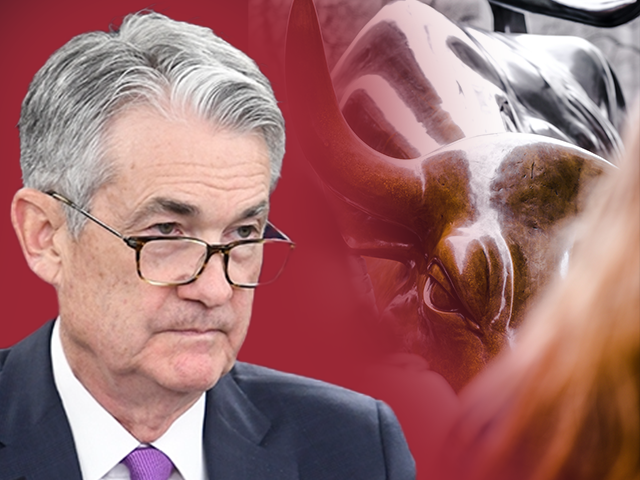Stop Trying to Make an Emergency Rate Cut Happen!
The combination of the sharp selloff in global equities on Monday and the disappointing jobs numbers on Friday has cemented the view that the Federal Reserve is badly behind the curve again and will need to make large and rapid cuts to interest rates to stave off a sharp economic downturn.
Wharton’s Jeremey Siegel on Monday hit peak panic by calling on the Fed to make an emergency 75 basis point cut in the federal funds rate—followed by another 75 basis point cut at the September meeting. “And that’s the minimum,” Siegel told CNBC’s Joe Kernan.
“The fed funds rate right now should be somewhere between 3.5 percent and 4 percent,” Siegel said.
Paul Krugman on Monday was also pushing for an emergency cut.
Absent some economic catastrophe, there’s almost no chance of an emergency cut in August. The Fed rarely cuts outside of scheduled meetings of the Federal Open Market Committee (FOMC). When it does, it is usually because there really are emergency conditions in the economy or financial markets. Neither of those conditions exist right now.
History Says No Inter-meeting Rate Cut Outside of Clear Emergencies
In a client note on Tuesday, Bank of America’s Michael Gapen reviews the nine times the Fed has implemented inter-meeting policy changes going back to the crash of 1987. The history indicates that the Fed really only cuts between meetings in very clear cut emergencies — like, for example, the bursting of asset price bubbles in 2001, systemic events like the 2008 global financial crisis, acts of war (9/11), and the recent pandemic.
It’s very hard to see how anything happening now would qualify. In the first place, the jobs numbers were not that bad. The economy added 114,000 jobs in July, which was just 66,000 short of what was expected. While that is on the low side of job growth outside of a recession, it is not extraordinarily low. We added 108,000 in April—and then immediately bounced back to twice that many in the following month. By most estimates, the economy only needs to add around 100,000 jobs to keep up with population growth. The three-month average of job growth is now 170,000, which is above historical averages.
The unexpected rise in the unemployment rate should also probably be seen as a normalization following a very long period of extremely low unemployment. It is true that the most recent rise tripped the Sahm Rule threshold—a 50 basis point rise in the three-month moving average above the lowest three-month average in the past 12 months—but even its creator does not think it is telling us we’re in a recession now. Most likely, the Sahm Rule will just join the long series of once reliable recession indicators that are now telling us that the post-pandemic economy operates differently than the pre-pandemic economy.
Crossing the Sahm Rule threshold is supposed to indicate that you are already in a recession. It’s not a warning sign but an alarm bell telling you that the economy has already entered the slump. Is that plausible now? The manufacturing surveys show that that sector is in contraction, but the services sector reports out yesterday came in above expectations. The Atlanta Fed’s GDPNow metric shows the economy growing at a 2.9 percent annual rate.
The Market Is Already Bouncing Back
The sharp sell-off on Monday was startling, but the market has taken most of it back on Tuesday. In any case, the market typically has at least one 10 percent correction every year and three five percent downturns, according to Bank of America research. Larger 15 percent plunges happen around every two years on average. Since the last correction happened back in October of 2023, we were due for one. Far from an indication of an emergency, the sell-off was an indication that markets are behaving normally.
There were also reassuring signs in yesterday’s sell-off. Riskier stocks sold off more than safer stocks. Higher price-to-equity ratio companies saw bigger drops than lower-price-to-equity ratio companies. Bonds rallied as equities declined. While declines in stock prices are unpopular, there was nothing indicating an emergency in the way the market functioned on Monday.
Another reason to doubt that the Fed would implement an inter-meeting rate cut is that the Fed has less drastic ways to ease the stance of monetary policy. By communicating that it plans a cut in September and stands ready to cut in the months ahead, the Fed can bring down the longer-term rates that actually influence economic behavior. The annual Jackson Hole shindig is the perfect place to deploy the Fed’s communication tool, to do a “talking ease” instead of a rate cut.
Could conditions get much worse and prompt a cut sooner? Of course. But it would take a lot more than one bad jobs report and a short-lived market sell-off to push the Fed into emergency mode.

COMMENTS
Please let us know if you're having issues with commenting.